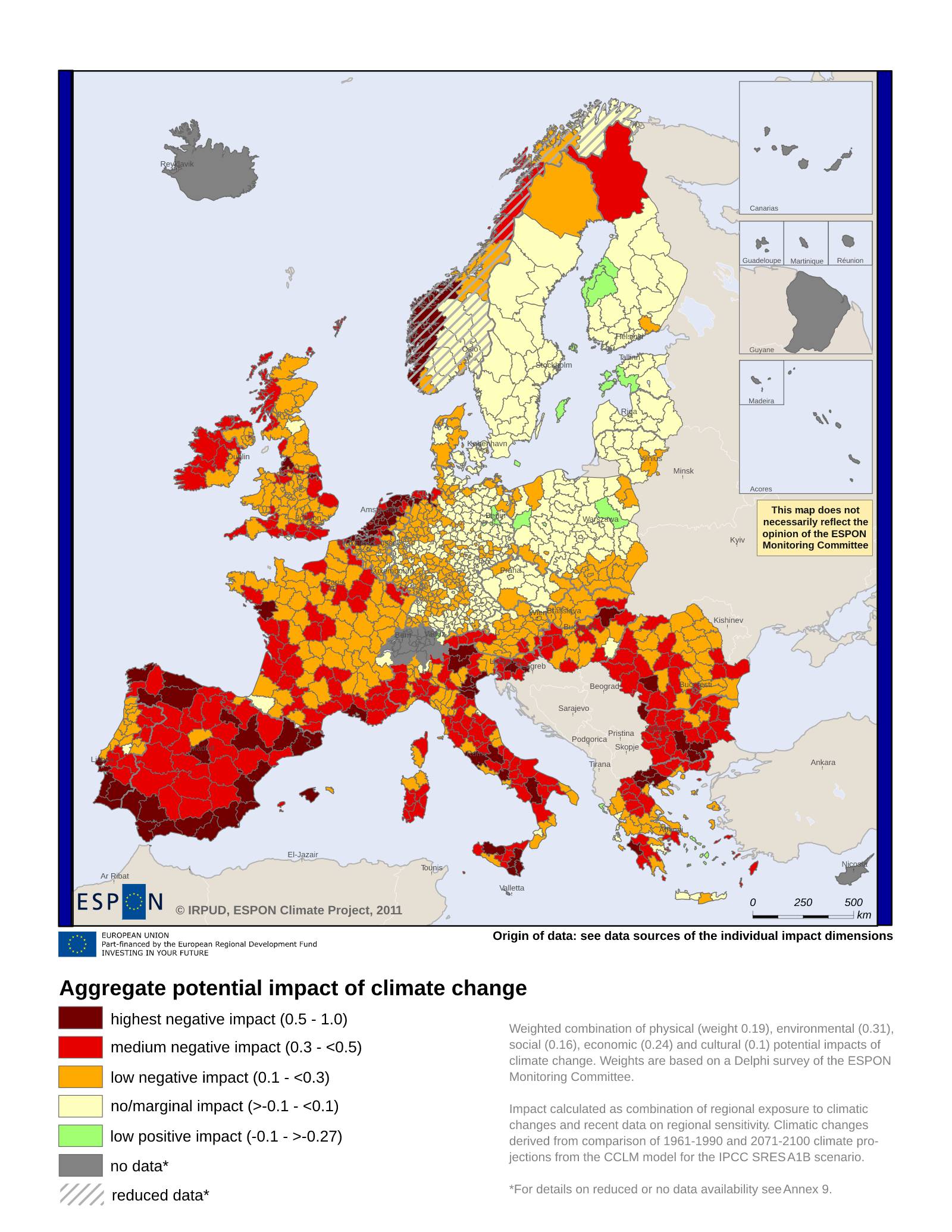Situation in
Spain
Spain needs to strengthen the monitoring framework of the 2030 Agenda. It has to establish rigorous indicators and indices with ambitious, relevant and concrete targets that will push us to move in the right direction, putting people and nature at the center.


Spain is located in an area of particular vulnerability to the impacts of climate change. Fighting against it, is a matter of being accountable and responsible for our present and future.
Rising temperatures, changes in rainfall patterns or droughts can have serious effects on sectors such as agriculture, livestock, forestry or tourism, as well as negative impacts on the health of the population, especially on the population at risk of exclusion.
Spain is already experiencing relevant impacts derived from climate change that will worsen as the climate crisis continues to advance. Therefore, it is mandatory to consider the changes that have already been established and to anticipate those projected by science.
In this sense, it is essential to incorporate a viable adaptation to climate change into this strategy. Climate neutrality implies that natural sinks have the capacity of absorbing an amount equivalent to the remaining greenhouse gas emissions in 2050, in the least.
There is a higher concentration of risks associated with climate change in the Mediterranean arc than in the rest of Europe (as seen in the following map). Some of the country's most important economic sectors (tourism, agriculture, livestock, fisheries) are particularly vulnerable. It is therefore necessary that the adaptation policies in Spain continue to be strengthened and becomes more cross-cutting.
Map of the potential impact of climate change in Europe.


